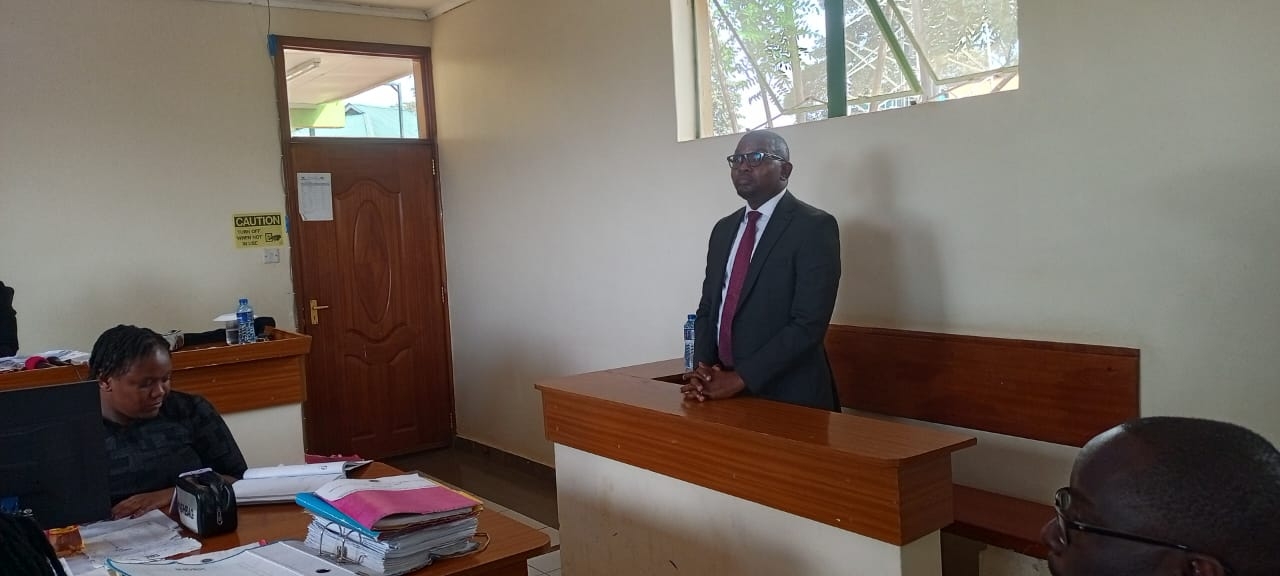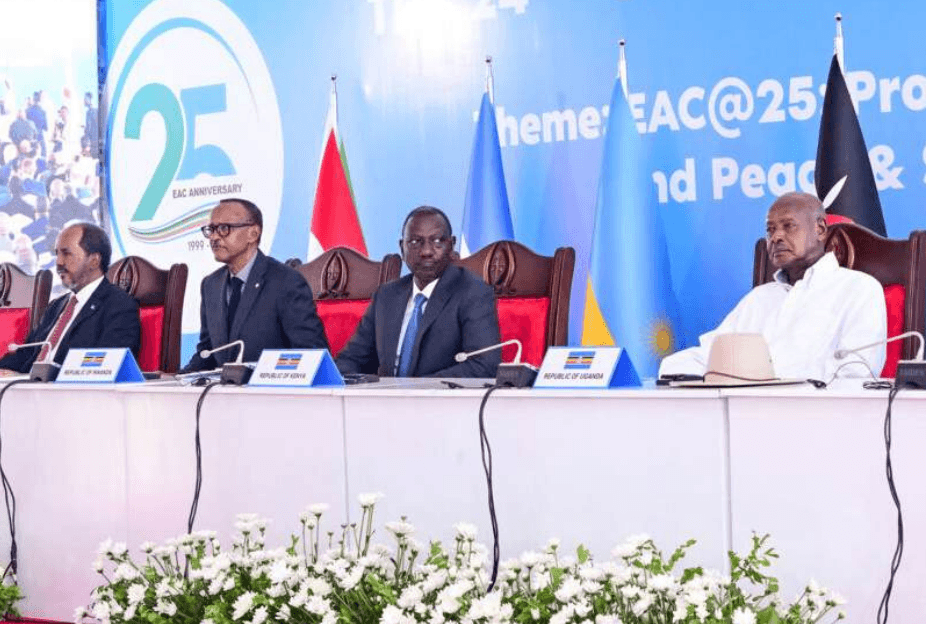Kenya, just like the rest of African countries, is battling with electronic waste or e-waste and its time we find ways of handling it.
This involves, among others, the dumping of old and non-functioning information and communication technology products, which contain hazardous substances that pollute the environment and expose people to diseases.
Kenya generates over 44,000 tonnes of e-waste annually.
This includes items such as computers, televisions, mobile phones, printers and white electronic goods, such as refrigerators.
Over the years, China and India were the traditional ‘dumping grounds’ for such discarded global e-waste. But since 2005, several studies have exposed illegal exporting of e-waste from developed states to Africa, predominantly, Kenya, Nigeria and Ghana.
There is also domestically produced e-waste arising across Africa as well, a result of increased electronic goods consumption stemming from, among other factors, growing rates of disposable incomes.
E-waste presents serious environmental and health challenges due to its volume and toxicity.
Despite the availability of global, regional and national policy and regulatory framework, responses have predominantly focused on banning transboundary shipments of e-waste. These responses have been weakly enforced, and have been largely ineffective in the sending and receiving countries.
The best option Kenya and Africa is left with is recycling technology transfer and increased producer responsibility, although neither has been significantly effective.
It is estimated that 50 million tonnes of e-waste are generated annually, making it the fastest growing waste stream in the world (Pace, 2019). This posses a growing problem compounded by low recycling rates, and illegal transboundary movement from developed to developing countries.
Kenya is among the countries with a high rate of demand for electrical and electronic equipment due to disposable incomes among the millennials.
The World Bank data shows over the last decade, personal computer penetration rates has risen ten-fold, while the number of people who own a mobile phone has increased by a factor of 100.
Despite this increasing demand for, and penetration rates of, EEE in Kenya, many people are unable to afford new devices and are opting for cheaper second-hand EEE, coupled with low labour costs for reparation and refurbishment, has led to a strong electronic re-use market in developing countries.
Environmental experts argue that e-waste can contain more than 1,000 different substances, many of which are toxic. They can comprise heavy metals, for example mercury, lead, cadmium, and chromium, and flame retardants, including polybrominated biphenyls, polychlorinated biphenyls and polybrominated diphenyl ethers.
The most hazardous components of e-waste are the mercury containing components, batteries, printed circuit boards, CRTs, and the plastics that contain the brominated flame retardants.
They can leach and evaporate into the environment, resulting in the contamination of surrounding natural resources, including, soils, crops, drinking water, livestock and fish. Research at Agbogbloshie metal scrap yard in Accra, Ghana, revealed that lead, copper, zinc and tin in soil samples at rates 100 times greater than normal.
While African governments are increasingly aware of the e-waste problem, many have not domesticated the Basel and Bamako conventions.
The 2006 Nairobi Declaration on e-waste marked an important milestone, and was followed by the 2008 Durban Declaration on e-waste Management in Africa, which stated that every country requires its own process to define their responses and formulate actions in relation to the growing e-waste problem.
Several African countries are in the process of drawing up policies regarding EEE — some are focusing on the age of imported EEE.
Countries such as Ghana are considering a total ban on EEE older than five years, with Uganda imposing a total ban on second-hand EEE from entering the country.
Kenya through the National Environment Management Authority, has developed the draft Environmental Management and Co-ordination (E-Waste Management) Regulations 2013 which provide appropriate legal and institutional framework and mechanisms for the management of e-waste handling, collection, transportation, recycling and safe disposal.
There is need to fast track the gazettement of these regulations to have them operational. The regulations clearly stipulate the roles of electronic producers, distributors, recyclers and users in management of e-waste. It is based on producer responsibility principles which consider how equipment is handled at end of life.
It also provides for improved legal and administrative co-ordination of the diverse sectoral initiatives in management of E- waste as a waste stream to improve the national capacity for the management of the e-waste.
Instead of bans on imports and on informal e-waste recycling practices, Kenya should establish an enabling environment for effective control and recycling of e-waste and formalise the informal sector to continue operating in a safe and healthy environment. Support for social enterprises involved in e-waste recycling to ensure success of take back systems and recycling. Incentives should also be given to encourage investment in e-waste recycling infrastructure and technology transfer
We also need to control the illegal transboundary shipments of e-waste to Africa. As a country, we need to have more effective multi-faceted e-waste policies to respond to this growing problem.
At a global level, it is time to look at e-waste recycling as a transition to create green jobs and opportunity to reuse precious elements from recycling as a source of raw materials in manufacturing industry.













